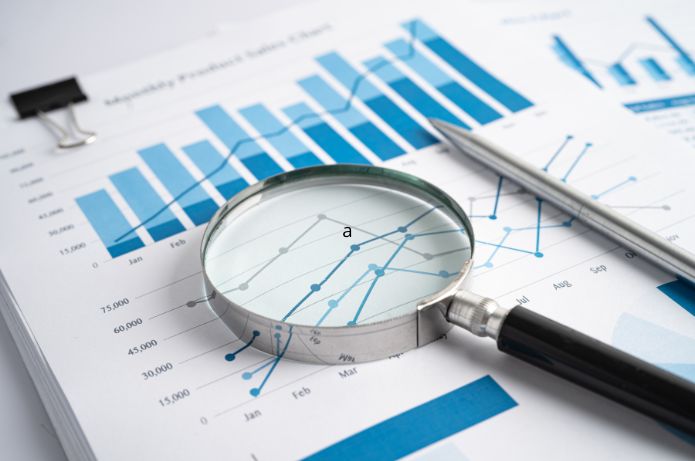Definition:
Predictive Analytics is a set of statistical techniques, data mining and machine learning that analyzes current and historical data to make predictions about future events or behaviors
Description:
Predictive Analysis uses patterns found in historical and transactional data to identify future risks and opportunities. She employs a variety of techniques, including statistical modeling, machine learning and data mining, to analyze current and historical facts and make predictions about future events or unknown behaviors
Main components:
1. Data collection: Aggregation of relevant information from various sources
2. Data preparation: Cleaning and formatting data for analysis
3. Statistical modeling: Use of algorithms and mathematical techniques to create predictive models
4. Machine learning: Use of algorithms that improve automatically with experience
5. Data visualization: Presentation of results in a comprehensible and actionable way
Goals:
– Predict future trends and behaviors
– Identify risks and opportunities
– Optimize processes and decision-making
– Improve operational and strategic efficiency
Application of Predictive Analysis in E-commerce
Predictive Analytics has become an essential tool in e-commerce, allowing companies to anticipate trends, optimize operations and improve the customer experience. Here are some of the main applications
1. Demand forecast:
– Anticipates future demand for products, allowing for more efficient inventory management
– Helps to plan promotions and define dynamic pricing
2. Personalization:
– Predicts customer preferences to offer personalized product recommendations
– Create personalized shopping experiences based on user history and behavior
3. Customer segmentation
– Identify customer groups with similar characteristics for targeted marketing
– Predicts the value of customer lifetime (Customer Lifetime Value – CLV
4. Fraud detection
– Identify suspicious behavior patterns to prevent fraud in transactions
– Improves the security of user accounts
5. Price optimization:
– Analyze market factors and consumer behavior to define ideal prices
– Predicts the price elasticity of demand for different products
6. Inventory management
– Predict which products will be in high demand and when
– Optimizes inventory levels to reduce costs and avoid stockouts
7. Churn analysis
– Identify customers with the highest likelihood of leaving the platform
– Allows proactive actions for customer retention
8. Logistics optimization
– Predicts delivery times and optimizes routes
– Anticipates bottlenecks in the supply chain
9. Sentiment analysis
– Predicts the reception of new products or campaigns based on social media data
– Monitors customer satisfaction in real time
10. Cross-selling and up-selling
– Suggest complementary or higher-value products based on predicted purchasing behavior
Benefits for e-commerce:
– Increase in sales and revenue
– Improvement in customer satisfaction and retention
– Reduction of operational costs
– More informed and strategic decision-making
– Competitive advantage through predictive insights
Challenges:
– Need for high-quality data in sufficient quantity
– Complexity in the implementation and interpretation of predictive models
– Ethical and privacy issues related to the use of customer data
– Need for specialized professionals in data science
– Continuous maintenance and updating of models to ensure accuracy
Predictive Analytics in e-commerce is transforming the way companies operate and interact with their customers. By providing valuable insights into future trends and consumer behaviors, it allows e-commerce companies to be more proactive, efficient and customer-centered. As data analysis technologies continue to evolve, Predictive Analytics is expected to become increasingly sophisticated and integrated into all aspects of e-commerce operations











